Chagan Sulide Festival
Chagan Sulide Festival
Sulide, in Mongolian, has the meaning of auspiciousness, loftiness, harmony, unity and harmony. The sacrifice of Chagan Sulide is the natural worship of the universe of heaven and earth gradually formed by the Mongolian people in a long period of time.
The Ushen Banner of Ordos City, Inner Mongolia Autonomous Region, is the most complete preservation and inheritance of Chagan Sulide sacrifice. The Mongolian herdsmen living here mostly stand in front of the door of the Sulide-shaped "Heymory", and every morning herdsmen burn incense and pray in front of "Heymory", which is the concentrated embodiment of Chagan Sulide culture in this area. Chagan Sulide's sacrifices mainly include celestial sacrifices, star sacrifices, fire sacrifices, day sacrifices, month sacrifices, seasonal sacrifices, New Year's sacrifices, majestic sacrifices and so on.
The sacrifice of Chagan Sulide was handed down from generation to generation by the Dalhut tribe, the watchman of Genghis Khan. The grand ceremony formed in the 13th century has been completely preserved to this day, and has been enriched and perfected with the development of the times. The origin of Chagan Sulide is recorded in Secret History of Mongolia and Benji of Yin Taizu of Yuan Dynasty. It is said that in 1206, Tiemuzhen, who had gone through difficulties and finally unified the grassland, was respected as Genghis Khan. After the establishment of the Great Mongolia, Chagan Sulide was set up as a symbol of the country outside the Golden Curtain. Mongolians still believe that white represents purity, supremacy and nobility. Chagan Sulide is composed of a master Sulide and eight accompanying Sulide. Therefore, it is called Jiuzhagan Sulide, or "Jiuzhao Baiyi" (also known as "Jiuzhao Baiqi"). The Chagan Sulide Altar is composed of three parts: the main flag, the Zongqi and the substitute flag. The top of the main flag is made of hill-shaped gold-plated cylindrical iron. It is one foot three inches tall and reeled with nine-figure white mane. The flagpole is thirteen feet tall, three inches in diameter, and its body is white. The base of the main flag is tortoise-shaped stone. So far, the sacrifice of Chagan Sulide has been handed down for more than 800 years. In 2006, Genghis Khan was selected as the first national intangible cultural heritage list. In 2014, Chagan Sulide sacrifice was listed in the fourth batch of National Intangible Cultural Heritage Representative projects.
The original text of Chagan Sulide's Words of Sacrifice
As a manifestation of national self-esteem and spiritual strength, Sulide culture is like a clear spring that merges into the long river of Chinese national culture and is a brilliant treasure in the treasure house of national culture. The Mongolian traditional culture of "Sulide" which is a pluralistic aggregation is a rich cultural resource and tremendous cultural wealth of the Ushen people. Sulide culture not only embodies the complete inheritance of Mongolian traditional culture, but also deduces a heavy history, which has important historical significance and practical significance of keeping pace with the times.
For thousands of years, Sulide has long protected the excellent Mongolian herdsmen.
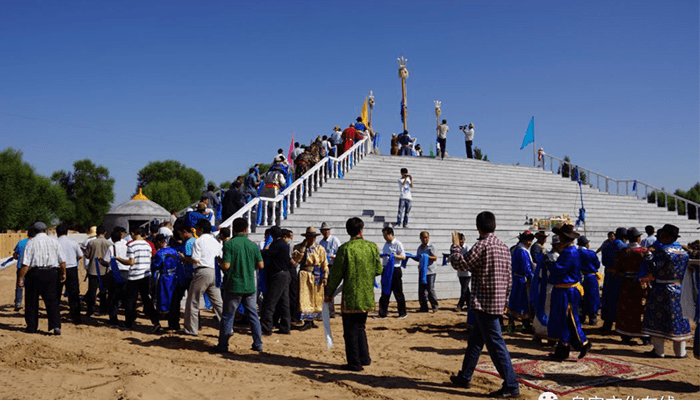

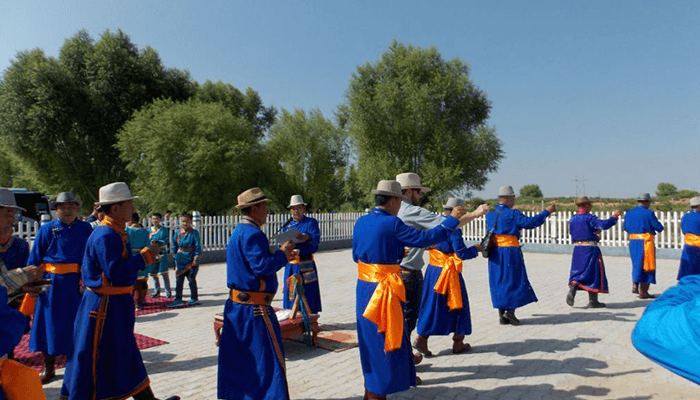
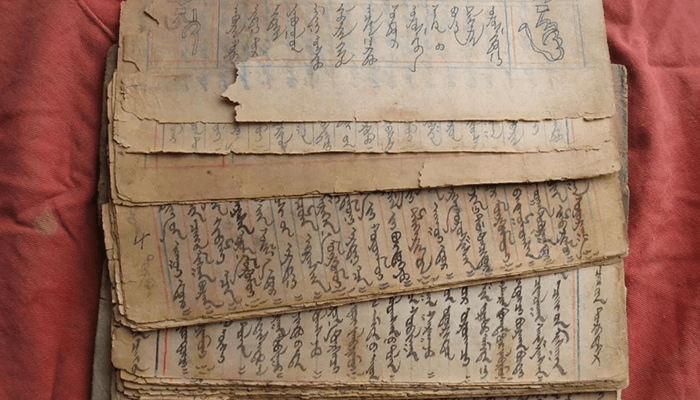
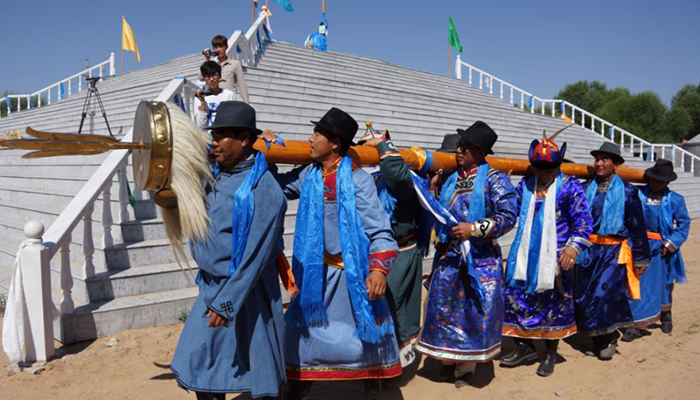
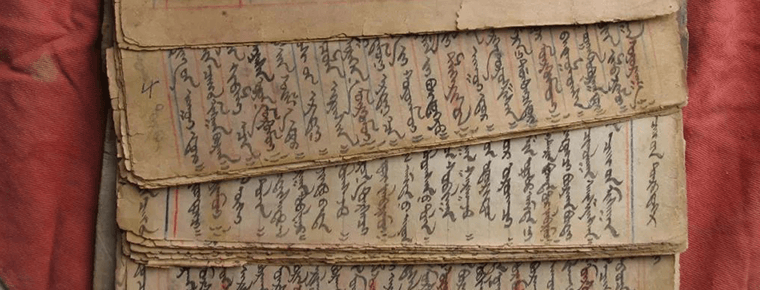
-
1.Shennongjia Forestry DistrictHubei Shennongjia
Shennongjia Forest District, referred to as Shennongjia for short, was established in 1970 with the approval of the State Council and directly under the jurisdiction of Hubei Province.
Time 2018-10-28 -
2.Ming Ming Dynasty Tombs Scenic Area
Ming Tombs, World Cultural Heritage, National Key Cultural Relics Protection Units, National Key Scenic Spots, National AAAAA Tourist Scenic Spots.
Time 2018-11-24 -
3.Fujian earth building (Fujian Tulou)
Fujian Tulou is also called "Hakka Tulou" because most of it is built by Fujian Hakka people. Tulou came into being in Song and Yuan Dynasty and matured in the late Ming
Time 2018-12-08 -
4.Baisha Lake Scenic Area
Baishahu Lake is one of the important scenic spots in Qianli Gallery in Altay, Xinjiang. It is 100 kilometers from Habahe County, 260 kilometers from Altay Airport, 150 kilometers from Kanas Airport
Time 2018-12-12 -
5.Shanghai Oriental land
Located in Qingpu District, Shanghai, Oriental Green Boat is the only large park in Shanghai that integrates outreach training, youth social practice, team activities and leisure tourism. Near the sce
Time 2018-12-20 -
6.The Making Skills of Hui Ink
Hui ink production technology, Jixi County, Shexian County, Huangshan Tunxi District, Anhui Province, local traditional handicraft, one of the national intangible cultural heritage.
Time 2019-05-04 -
7.Ningbo Gold and Silver Embroidery
Ningbo gold and silver embroidery is one of the Han folk handicraft products embroidered on silk fabrics with various color threads, gold threads and silver threads. With its strong local characterist
Time 2019-06-07 -
8.Lacquerware Decoration Techniques
Chu-style lacquerware decoration is a traditional folk lacquerware decoration technique. By the Spring and Autumn Period and the Warring States Period, the production technology
Time 2019-06-10 -
9.Turkish Wheel Autumn
There is a beautiful and magical legend about the origin of Tu's wheel autumn. Legend has it that in order to find a way out of life, the ancestors of the Tu nationality ploughed their fields successi
Time 2019-06-23 -
10.Ding Zhen heaven on earth with fire
This "paradise on earth" with fire Ding Zhen absorbed tens of millions of powder overnight, and the search volume increased by 620%
Time 2020-12-07 -
11.Ding Zhen becomes popular and half moon looks haggard
Ding Zhen became popular half moon, haggard face, eyes full of bloodshot, confessed that he liked riding and herding cattle most
Time 2020-12-07 -
12.Geomorphological characteristics of Mianyang
The terrain is high in the north and low in the south, and the height difference is large. The northwest of Mianyang City is located in the eastern edge of the Qinghai Tibet Plateau, with high terrain and overlapping peaks. The southwest part belongs
Time 2020-12-14